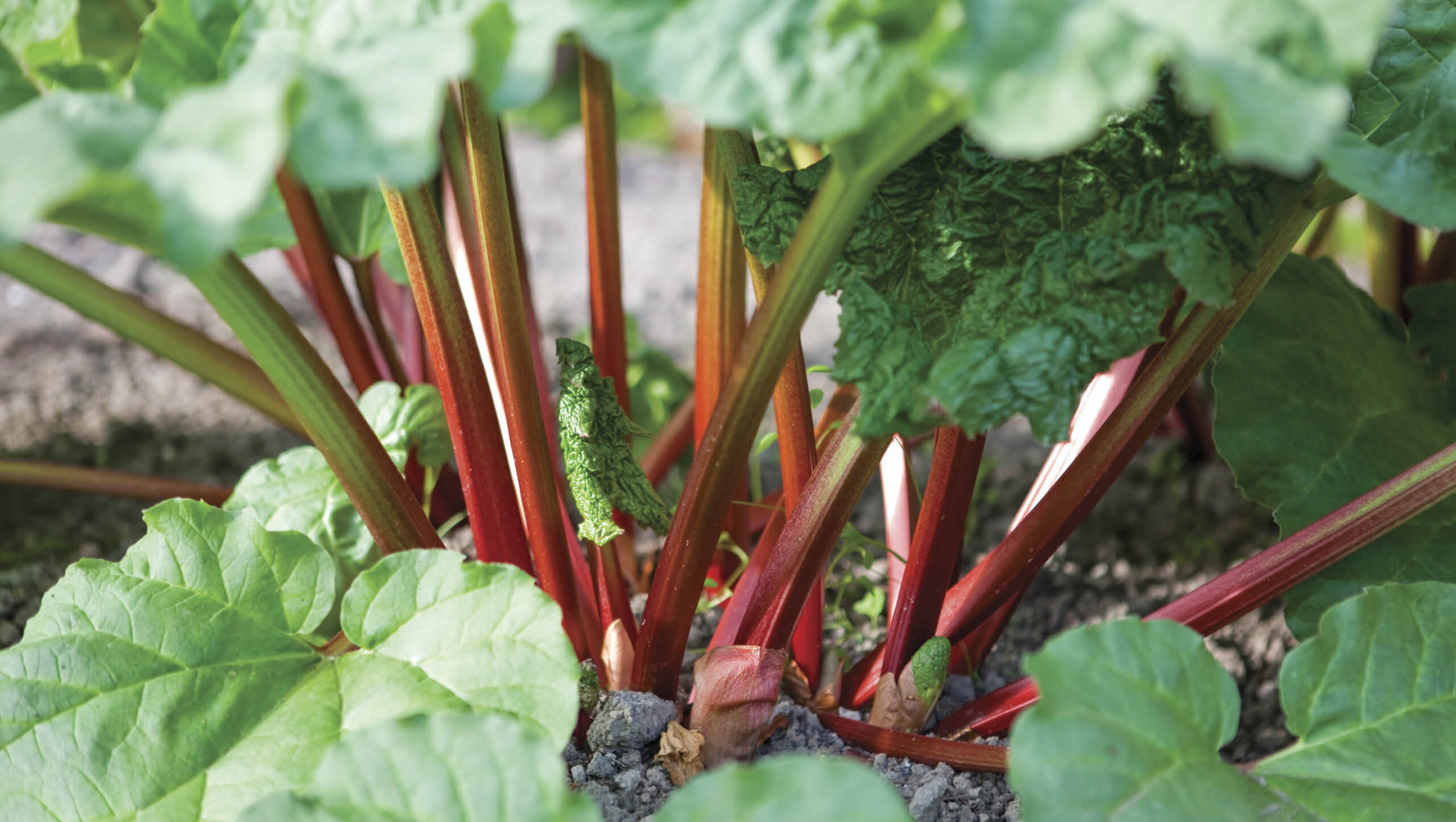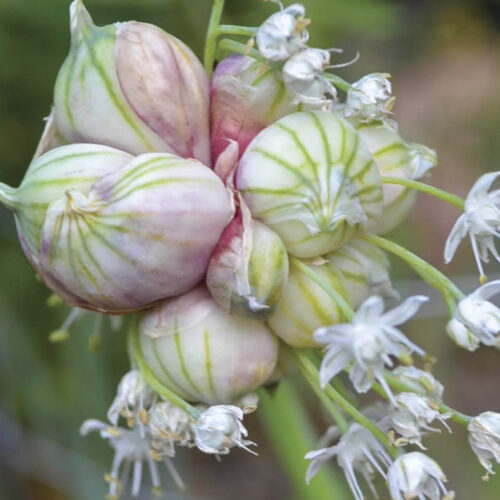The joys of growing rhubarb
2023-06-21T06:56:58+10:00
The scent of rhubarb and apple pie coming from a kitchen is oh-so tempting, especially when you've grown the rhubarb yourself. You can get started with these tips from Jian Liu.
Although rhubarb is traditionally thought of as a cool-climate plant, it is possible to grow it successfully in warmer areas with a few clever strategies. Rhubarb is a long-lived plant and is well worth the investment. With the right care, it will reward you for many years with an abundance of delicious stems.
Getting started: crowns vs seedlings
Rhubarb can be planted via crowns or seeds/seedlings. Rhubarb crowns are simply a fancy term for a rhubarb plant, which consists of an underground rhizome and roots, and an above-ground growing bud. A single plant will naturally spread and multiply and create many new plants or crowns over the years.
A simple way to grow your own is to dig up a crown from a friend’s garden or ask your local community garden for a piece of theirs. You can also purchase rhubarb crowns from nurseries. As they tend to go dormant in winter, the best time to divide crowns or to plant new crowns is now, while the weather is cool.
Growing rhubarb from crowns is far easier than using seedlings. As crowns are already a mature plant, they will reward you with a harvest much earlier. It’s also the most reliable way to ensure you get the variety of rhubarb you want, as crowns are an exact copy of the original parent plant. These seedlings are readily available from nurseries and they’re easy to grow, but require much more patience as it will take several years before the stems are large enough to harvest.
Warm climate planting
While rhubarb is a tough grower, it doesn’t like extreme heat. In warm, tropical climates, it will need protection from the harsh sun and plenty of water.
Planting rhubarb underneath the dappled light of a tree, or setting up a shade cloth will
reduce heat stress and ensure your plant produces thick and tender stems.
As plants in warmer climates do not go through winter dormancy, they tend to get exhausted more easily and have shorter lifespans. In hot areas, rhubarb can be grown as an annual and replanted each year if you find your plants become weaker after the first season.
This information comes from a feature Jian Liu wrote for our Winter issue (OG 142). There’s a selection of back issues available here — you can also subscribe and get the most recent issues delivered to your door!







